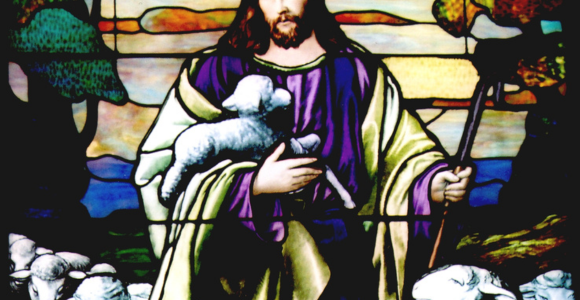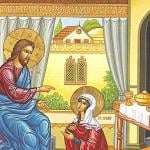
Our reading this fourth weekend of Easter is from the gospel of John:
“I am the good shepherd. The good shepherd lays down his life for the sheep. The hired hand is not the shepherd and does not own the sheep. So when he sees the wolf coming, he abandons the sheep and runs away. Then the wolf attacks the flock and scatters it. The man runs away because he is a hired hand and cares nothing for the sheep.
Welcome Readers! Please subscribe to Social Jesus Here.
I am the good shepherd; I know my sheep and my sheep know me—just as the Father knows me and I know the Father—and I lay down my life for the sheep. I have other sheep that are not of this sheep pen. I must bring them also. They too will listen to my voice, and there shall be one flock and one shepherd. The reason my Father loves me is that I lay down my life—only to take it up again. No one takes it from me, but I lay it down of my own accord. I have authority to lay it down and authority to take it up again. This command I received from my Father.” (John 10:11-18)
This reading lands in the center of what Jesus scholars have labelled the “I am statements” in John’s gospel. Jesus is:
The bread of life (John 6)
The light of the world (John 8)
The pre-existent “I am” (John 8)
The good shepherd (John 10)
The resurrection and life (John 11)
The way, the truth, and the life (John 14)
The true vine (John 15)
Rita Nakashima Brock and Rebecca Ann Parker in their book Saving Paradise do an excellent job of documenting how, before the Christian faith tradition wedded the Roman Empire and while it was still socially oppressed by the Roman Empire, a very common image of Jesus in Christian art was Jesus as the shepherd. Our world was a pastoral landscape that Jesus the shepherd was restoring to paradise.
Before Jesus is enthroned in imperial Christian theology, art, and the Christian imagination as imperial ruler or as a tortured victim of the crucifix, he was shepherd, teacher, and healer. We find this image in the canonical gospels.
“Suppose one of you has a hundred sheep and loses one of them. Doesn’t he leave the ninety-nine in the open country and go after the lost sheep until he finds it? And when he finds it, he joyfully puts it on his shoulders and goes home. Then he calls his friends and neighbors together and says, ‘Rejoice with me; I have found my lost sheep.’” (Luke 15:4-6)
“What do you think? If a man owns a hundred sheep, and one of them wanders away, will he not leave the ninety-nine on the hills and go to look for the one that wandered off? And if he finds it, truly I tell you, he is happier about that one sheep than about the ninety-nine that did not wander off. In the same way your Father in heaven is not willing that any of these little ones should perish. (Matthew 18:12-14)
We’ll continue unpacking these images and their relation to us in our justice work today in Part 2.
Are you getting all of RHM’s free resources each week?
Begin each day being inspired toward love, compassion, action, and justice. Free Sign-Up at:
http://renewedheartministries.com















